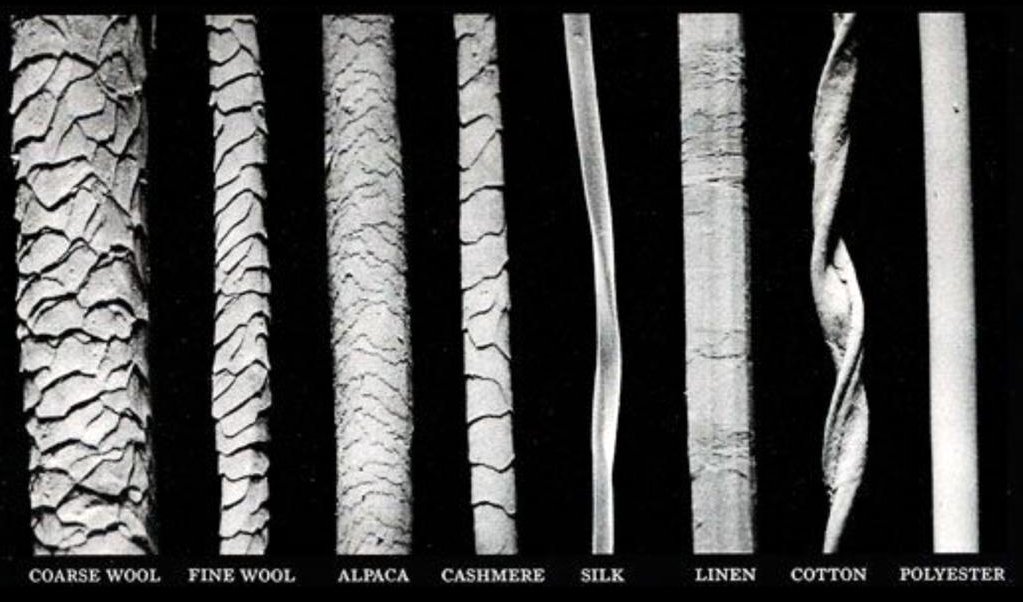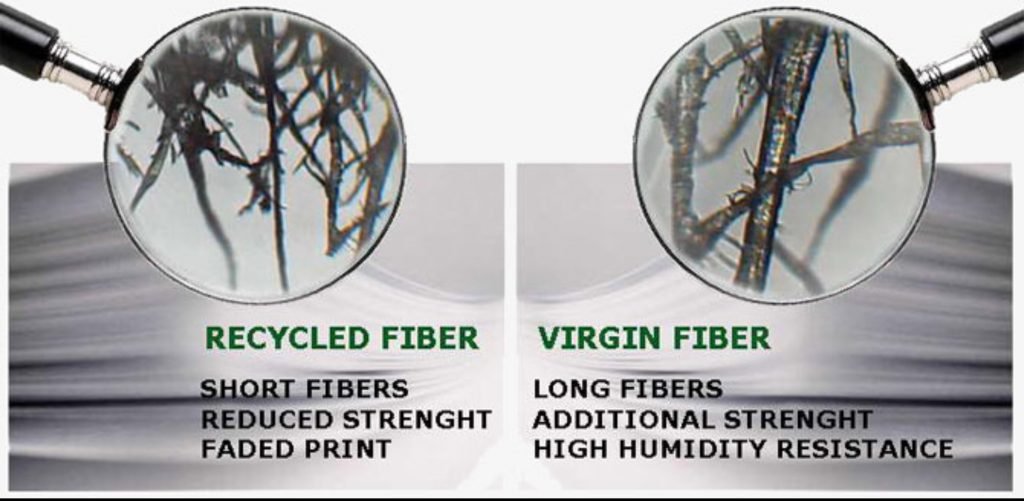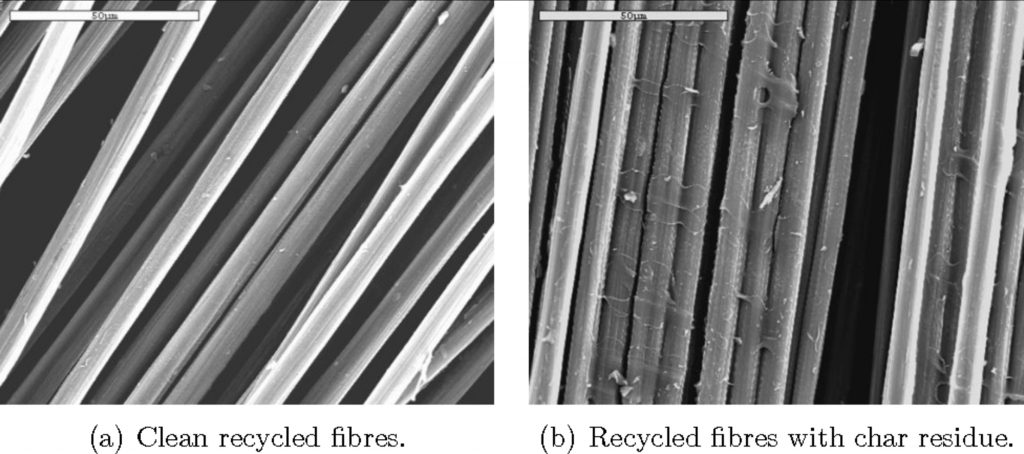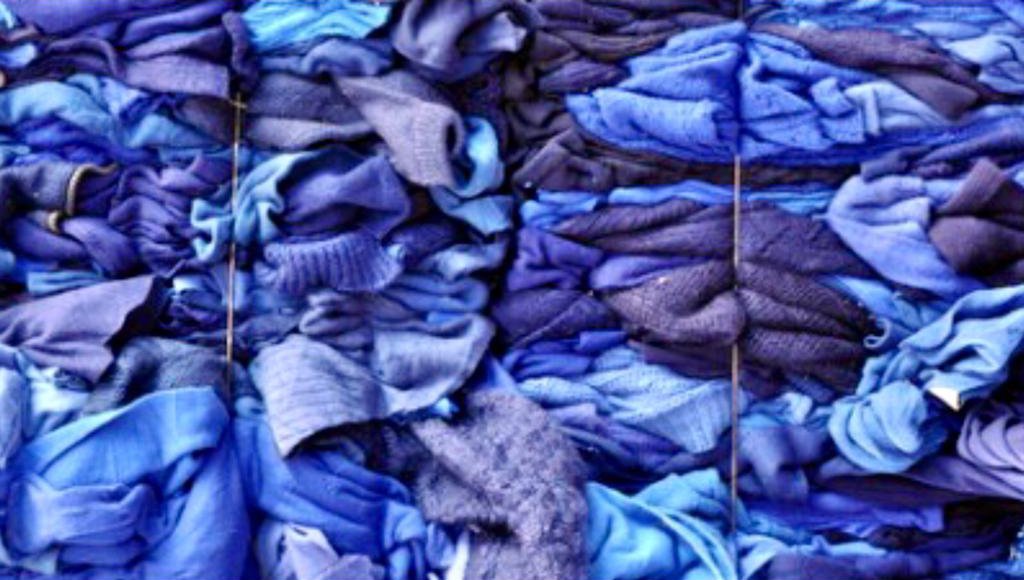RECYCLED AND REGENERATED FIBERS
The Italian textile has become eco-friendly and besides blending handcrafted and transparent manufacturing processes, it has also given rise to a new phenomenon: the cashmere regeneration. It’s a process that is able to regenerate leftovers of precious and already-used fibers. This technique developed in the post-war period in order to face poverty that affected the city of Prato and its surrounding area, which led to a new method to obtain an Italian and “eco-friendly” cashmere: yarns are not only precious, but they are also certificated with the best international and ecological standards in terms of the integrity of materials during the recycling process (GRS). The regenerated cashmere is the protagonist of the knitwear and weaving collections and it also sold by the major clothing chains.
It is a brand-new method embracing the criteria of the circular economy with the ancient Tuscan traditions. It’s a responsible innovation resulting in high quality products that are 100% eco-friendly and Made in Italy. During the carding, which is done through mechanical wheels, the leftovers and cutouts are chopped in order to obtain a veil of fibers which will then be twisted to be reinforced until they become completely new yarns and fabrics.

RECYCLED WOOL
Prato has been traditionally producing wool fabrics, especially the carded ones, which are obtained through the weaving of fabrics and the manufacture of the small wool fibers, also defined as carded. It is important to state that the adjective “carded” is not necessarily associated with a low-quality product. Wool fibers that are employed in the carding process can be:
-new, obtained from the leftovers of the combed wool;
-obtained from portions of fabric derived from used clothing;
-obtained from the various waste materials of the textile production.
In the textile area of Prato, it is possible to find all the stages of the carding process, from the regeneration of fibers to the finishing and the refinement of carded fabrics.
The main characteristics of this production is the use of short and patchy fibers that are blended in the different compositions in order to give the fabric a particular physiognomy distinguishing the carded spinning from the combed one.
The regenerated wool has represented a significant opportunity for the development of the textile industry of Prato abroad. In addition to the fantastic results of the recycling techniques, it demonstrates environmental attention, tradition and professionalism of the operators. Furthermore, textile companies can save costs by collecting, selecting and selling their leftovers that would otherwise be disposed as industrial waste and involve a cost. (source: ITIS TULLIO BUZZI)





